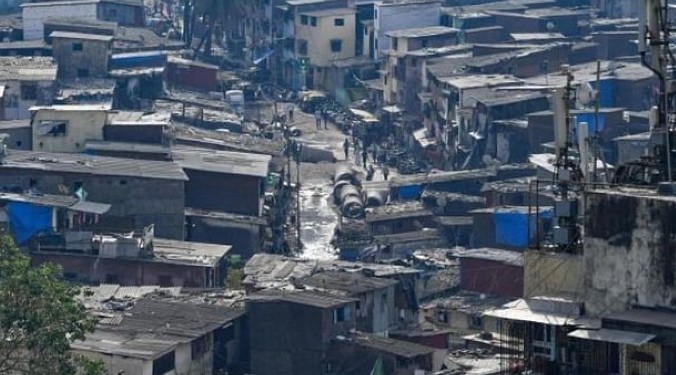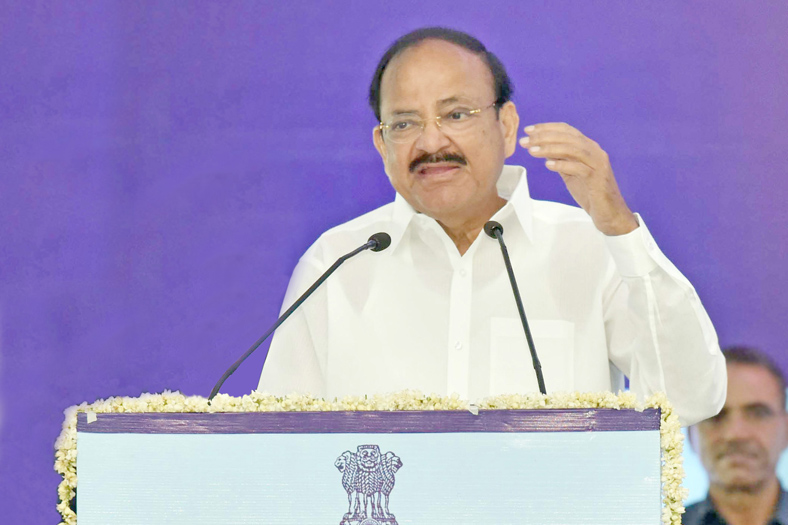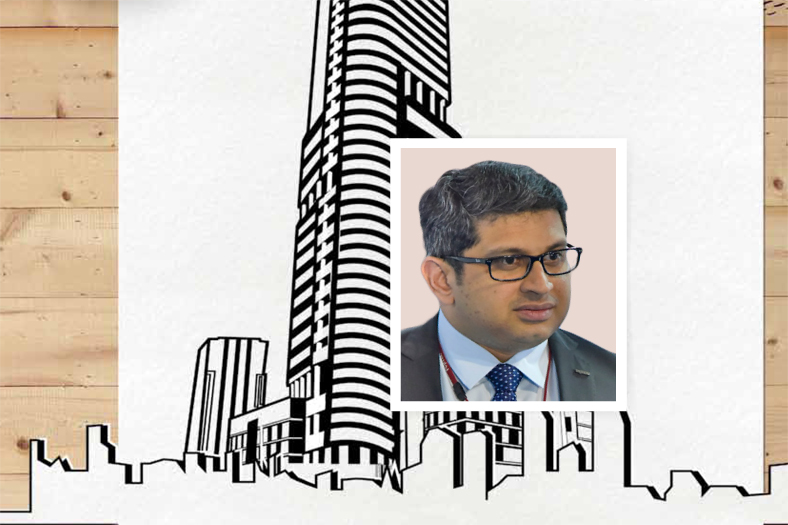India Deserves a Second Look [Nov 2011]
India Deserves a Second Look
India is in the midst of infrastructure boom. Here we have highlighted some of the projects which are pending execution that can change the face of the nation
National River Linking Project India is blessed with the huge river network. Despite, every year the country faces a lot of loss of lives, deforestation and other related problems due to draught and floods. Today, one part of the country faces floods whereas the other part experiences severe draught. If the water of rivers are utilised optimally using an effective network, the country can not only avoid such devastation but also can prosper industrially.
In 2002, the idea of linking rivers for eradicating frequent draughts and floods was mooted by Vajpayee-led NDA government. The ambitious project named as the National River Linking Project (NRLP) was planned to ease water shortages in western and southern India while mitigating the impacts of recurrent floods in the eastern parts of the Ganga basin. Once completed, the NRLP, will be one of the biggest inter basin water transfer projects in the world.
Initially, in 1894, during the British rule, the concept of linking rivers was proposed by a British engineer. In 1972, the idea was revived by the then Indira Gandhi’s cabinet to connect the Ganga river with the Kaveri. In 1997, Captain Dinshaw Dastur proposed a grand ‘Garland Canal’ consisting of two canals. In 2002, the NDA government re initiated the idea and the Supreme Court passed a verdict of linking the 14 Himalayan rivers in northern India and 16 peninsular rivers in southern India to be completed by 2016. In 2009, the project was scrapped by UPA government citing high cost, environmental concerns, human displacement issues and effects on biodiversity.
However, in May 2010, two MoUs were signed by Gujarat and Maharashtra governments referring to the Par-Tapi-Narmada and the Damangaga-Pinjal links which are part of the west-flowing rivers’ inter-linking scheme.
Sethusamudram Ship Channel Project Sethusamudram ship channel project proposes linking the Palk Bay and the Gulf of Mannar between India and Sri Lanka by creating a shipping channel through the shallow sea. Once the project is set-up, it will be of immense help for shipping authorities by reducing navigable sea route by more than 350 nautical miles and will boost the economic and industrial development in the region. The project includes the construction of a bridge linking Talaimannar in Sri Lanka to Dhanushkhodi in India. The four lane bridge has a single railway line which was constructed to cover the distance between Dhanushkodi in India till Talaimannar in Sri Lanka.
However, mythological belief, environmental concerns and safety issues being raised by agencies are threatening the execution of this project.
Western Dedicated Freight CorridorThe 1,534 km Western Dedicated Freight Corridor starting from Jawaharlal Nehru Port Trust (JNPT) in Navi Mumbai to Dadri via Vadodara-Ahmedabad-Palanpur-Phulera-Rewari, the corridor will carry out the maximum container traffic between the west-coast ports and the northern side. This route contributes 50 to 60 percent of the total container traffic at all Indian ports but now it will slow down in the rail share as there is congestion in the line. The double-line corridor has been made for carrying up to 25T axle loads at speeds of 100 kmph and this would result in the cost and time saving as the containers would be shifted from rail to road and double stacking will lead to faster movements. This corridor will pass through the six states namely Uttar Pradesh, NCR of Delhi, Haryana, Rajasthan, Gujarat and Maharashtra and it incorporates nine mega industrial zones of about 200-250 sq.km, six air ports, three ports etc.
Delhi Mumbai Industrial CorridorThe Delhi-Mumbai Industrial Corridor (DMIC) is a mega infra-structure project of US$ 90 billion with the financial and technical aids from Japan envisioned as a global manufacturing and trading hub. The corridor will cover an overall length of 1,483 kms along the western dedicated freight corridor and connects the country’s political capital Delhi with the financial hub Mumbai. High-speed connectivity between these two capitals offers immense opportunities for development and will create strong economic base along the influence region of 150 kms.
The corridor planned to be equipped with international quality business environment and modern infrastructure will enhance the business activities across the region and will attract many foreign investors. Once completed, the project will also multiply the scope of export and import by developing requisite feeder rail/road connectivity to hinterland/markets and select ports along the western coast.
Recently, the Government of India cleared the proposal for infusion of Rs.18,500 crore for DMIC project.
Jaitapur Nuclear Power ProjectThe 9,900 MW Jaitapur nuclear power project is being developed at Madban village of Ratnagiri district in Maharashtra. The Indian state-owned nuclear operator Nuclear Power Corporation of India Ltd. (NPCIL) and French firm Areva has signed a $ 9.3 billion agreement based on which Areva will be supplying uranium and reactor units for this project. The Jaitapur plant is expected to be the largest nuclear power generating station in the world. Keeping the aim of increasing nuclear power generation capacity to 63,000 MW by 2032, the government plans to set-up four more such plants across the country which will make India an energy self-sufficient nation. However, strong agitations for local citizens are delaying the progress of this ambitious project.
Kalpasar Project The ambitious Rs.30,000 crore Kalpasar project proposes to build a dam on the Gulf of Khambat in Gujarat and establish a huge reservoir of fresh water. It is a massive project in which sweet water that flows into the sea via seven big rivers of Gujarat state will be collected and stored in the proposed dam. The project proposes construction of a 30 kms long dam on Gulf of Khambat, leading to creation of 2,000 square km fresh water reservoir in the region. It has been envisaged that once executed, the project will assist in supplying fresh water to a large area within Saurashtra region.
Also a 10-lane road link is proposed to be built over the 30 kms dam reservoir which will link Saurashtra to South Gujarat shortening travel distance. A proposal for energy generation using solar and wind, also falls under the ambit of the project. Recently, a trade delegation from Japan has visited the country and expressed interest in the project.
The Eastern Dedicated Freight Corridor The Eastern Dedicated Freight Corridor (EDFC) extends 1,839 km from Dankuni in West Bengal to Ludhiana in Punjab via Sonnagar-Mughalsarai-Kanpur and is designed to carry up to 25T axle loads at a speed of about 100 kmph.
It will give a boost to the industrial growth and also save time and cost for the container movement. The corridor since it passes through various industrial clusters provides a direct link for carrying raw and finished goods from industrial clusters to west-coast sea ports via the connection to the WDFC at Dadri. In the northern and eastern regions, 75 per cent of the demand for coal and power plant will increase.
ConclusionAddressing every regional and political difference, if the country can execute the above projects, our socio-economic status will certainly get a boost. The Government’s envision of investing 1 trillion dollar in infrastructure building is expected to stimulate execution of these much-expected projects.
Cookie Consent
We use cookies to personalize your experience. By continuing to visit this website you agree to our Terms & Conditions, Privacy Policy and Cookie Policy.









